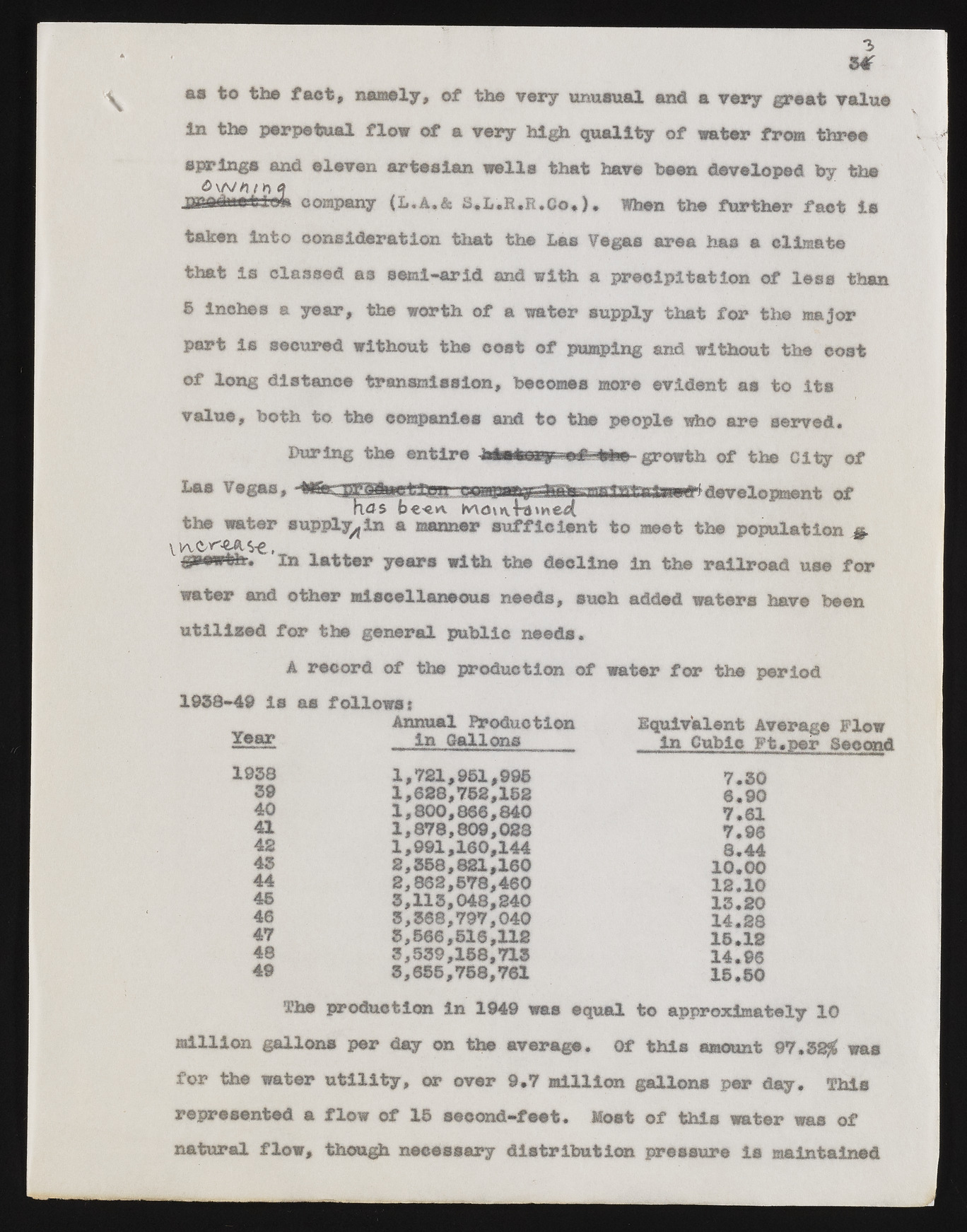Copyright & Fair-use Agreement
UNLV Special Collections provides copies of materials to facilitate private study, scholarship, or research. Material not in the public domain may be used according to fair use of copyrighted materials as defined by copyright law. Please cite us.
Please note that UNLV may not own the copyright to these materials and cannot provide permission to publish or distribute materials when UNLV is not the copyright holder. The user is solely responsible for determining the copyright status of materials and obtaining permission to use material from the copyright holder and for determining whether any permissions relating to any other rights are necessary for the intended use, and for obtaining all required permissions beyond that allowed by fair use.
Read more about our reproduction and use policy.
I agree.Information
Digital ID
Permalink
Details
More Info
Rights
Digital Provenance
Publisher
Transcription
3 34f \ aa to the fact, namely, of the vary unusual and a very great value in the perpetual flow of a very high quality of water from three springs and eleven artesian wells that have been developed by the dvA/h/h jamadiif-fc-ioi. company (L.A.& £>.L*R.R.Go,} • When the further faet is taken into consideration that the Las Vegas area has a climate that is classed as semi-arid and with a precipitation of less than © inches a year, the worth of a water supply that for the major part is secured without the cost of pumping and without the coat of long distance transmission, becomes more evident as to its value, both to the companies and to the people who are served. the water supply^ in a manner sufficient to meet the population $. Qjiewthr. In latter years with the decline in the railroad use for water and other miscellaneous needs, such added waters have been utilised for the general public needs. A record of the production of water for the period 1933-49 is as follows; million gallons per day on the average. Of this amount 97.38$ was for the water utility, or over 9.7 million gallons per day. This represented a flow of 1© second-feet. Most of this water was of natural flow, though necessary distribution pressure is maintained Luring the entire 1iimitoior§i - growth of the City of Year Annual Production in Gallons Equivalent Average Flow in Cubic Ft.per Second 1938 1,721,951,993 1,688,762,182 1,800,866,840 1,878,809,083 1,991,160,144 8,358,821,160 2,862,578,460 7.30 6.90 7.61 7.96 8.44 10.00 12.10 13.20 14,28 15.12 14.96 15.50 39 40 41 42 43 44 45 46 47 48 49 3,368,797,040 3,566,816,112 3,539,158,718 3,855,758,761 3,113,048,240 The production in 1949 was equal to approximately 10

